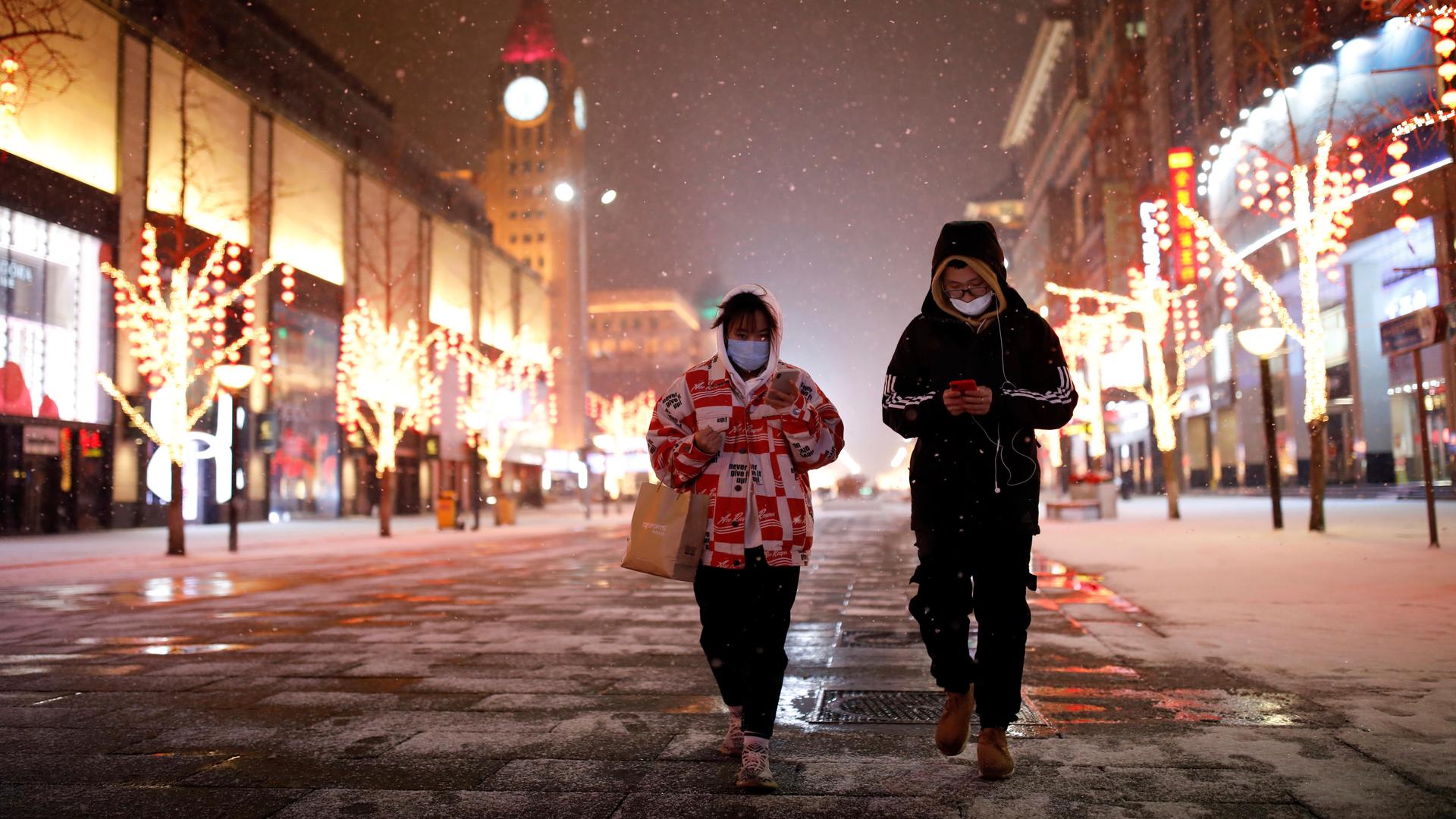What is known about a novel coronavirus that began in China late last year, and is spreading globally, is evolving daily.
In December, 27 mysterious pneumonia cases were reported in Wuhan, China, but that figure has since surged to over 20,000 throughout the country, with dozens more cropping up everywhere from the United Arab Emirates to the United States.
The name “coronavirus” comes from its corona-like shape under a microscope, which resembles that of the sun’s or a crown, according to Dr. Stanley Perlman, a virologist at the University of Iowa. The virus is in the same family as some common cold coronaviruses including SARS (severe acute respiratory syndrome) and MERS (Middle East respiratory syndrome).
Researchers are still trying to answer key questions about the respiratory illness, such as how easily it spreads and how severe it is. (Early on, it appeared that those who are elderly or have underlying health conditions were the most susceptible).
Related: From cruise liners to supply chains, China coronavirus hurts
But as scientists race to get ahead of the coronavirus spread, agencies like the World Health Organization warn of another problem: an “infodemic,” or “an overabundance of information,” which can make it hard to determine fact from fiction.
WHO is continually updating its resource page with the latest facts about coronavirus, advice for the public and details about its spread. In the US, the Centers for Disease Control has updates on the virus. Johns Hopkins University is also compiling daily reports and has a tracker map.
Here is a timeline of events beginning with the earliest reports of the virus at the bottom, below.
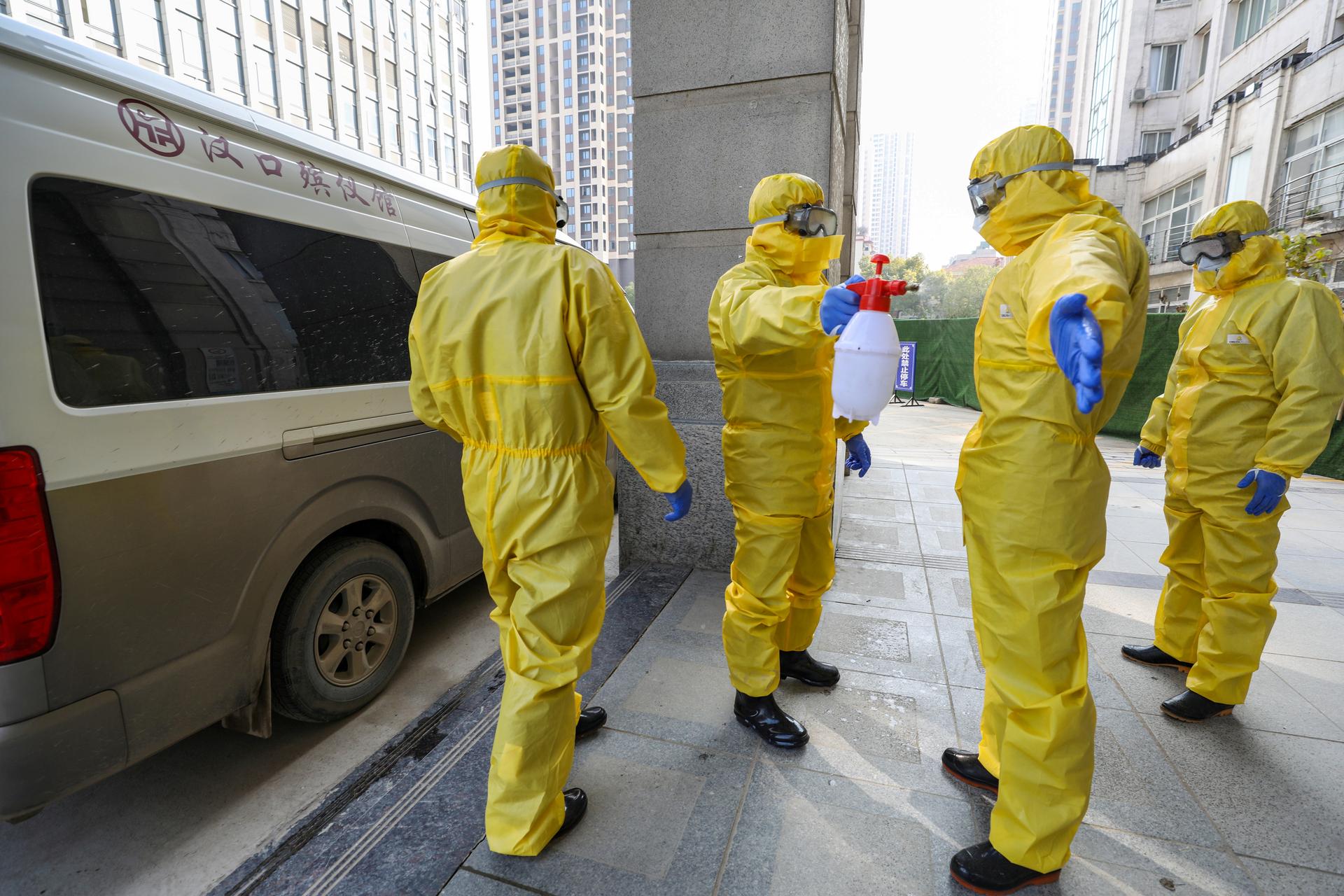
Feb. 5, 2020: Data suggests virus infections underreported, exaggerating fatality rate
Fatalities from the coronavirus epidemic are overwhelmingly concentrated in central China’s Wuhan city, which accounts for over 73% of deaths despite having only one-third the number of confirmed infections.
In Wuhan, the epicenter of the disease, one person has died for every 23 infections reported. That number drops to one on 50 nationally, and outside mainland China, one death has been recorded per 114 confirmed cases.
Experts say the discrepancy is mainly due to underreporting of milder virus cases in Wuhan and other parts of Hubei province that are grappling with shortages in testing equipment and beds.
“In an outbreak you really have to interpret fatality rates with a very skeptical eye, because often it’s only the very severe cases that are coming to people’s attention,” said Amesh Adalja, an expert in pandemic preparedness at the Johns Hopkins Center for Health Security in Baltimore.
Related: What we know about the new coronavirus outbreak and how to respond
“It’s very hard to say those numbers represent anything like the true burden of infection,” said Adalja, who estimates current fatality rates are likely below 1%.
As of Tuesday, 24,551 cases have been confirmed globally. A 1% fatality rate would put total cases at over 49,000, based on the current death toll of 492.
Feb. 4, 2020: Number of reported cases tops 20,000
China has reported more than 20,000 cases of the virus. According to Johns Hopkins, 27 additional countries, so far, have also identified cases. Thailand, Singapore and Japan top the list. All but two of the 427 deaths reported so far have been in China. One of the deaths was in the Philippines and the other was in Hong Kong.
Epidemiologists like Harvard’s Dr. Michael Mina caution that a dramatic jump in cases may not be synonymous with how contagious or fast the disease is spreading in recent days, nor may it be an accurate reflection of how many people have actually contracted the virus.
“There has been a lot of fearmongering in this outbreak, mostly because of social media and the rapid dissemination of both good and false information,” Mina, an infectious disease specialist at Harvard’s T.H Chan School of Public Health and Brigham and Women’s Hospital, told The World. “I think one of the important things is to find reliable resources.”
Feb. 3, 2020: Cases top 17,000
By Feb. 3, WHO reported 1,7391 confirmed cases of the coronavirus. The total number of confirmed deaths reached 361. All but 153 cases and one death were reported in China.
Feb. 2, 2020: US-China travel restrictions and mandatory quarantines take effect
At 5 p.m., Eastern time, two new policies, which Health and Human Services Secretary Alex Azar announced under the US health emergency, officially took effect. First, Americans returning from China’s Hubei province, the region at the center of the outbreak, are subject to up to two weeks of a mandatory quarantine.
Related: When will there be a coronavirus vaccine? 5 questions answered.
Second, “other than immediate family of US citizens and permanent residents,” foreign nationals who have been to China in the last two weeks are barred from entering the United States. Secretary Azar stated earlier this was to “minimize the risk of the spread of the coronavirus in the United States.”
The next day, China’s foreign ministry spokesperson, Hua Chunying, said the US actions “could only create and spread fear,” instead of providing much needed assistance.
Could this be a sign of growing China-US tensions?
“If the Chinese continue to blame the United States and make the United States in effect responsible for exacerbating the crisis, that’s not going to help trust between Washington and Beiijing,” Nicholas Burns, a former US ambassador to NATO and a professor of diplomacy at Harvard later told The World.
“As we take these temporary measures to restrict travel and the ability to bring Chinese imports into the United States, will that lead to a further decoupling of Chinese and American companies? … Depending on how long this crisis lasts and the severity of the crisis, it could be a major loss of power and influence for China.”
The Philippines reported the death of a 44-year-old resident from Wuhan, making it the first overseas death from the virus. “The patient was a close contact of the first patient confirmed in the Philippines,” the WHO reported, and was believed to have underlying health conditions.
Related: What to call this new coronavirus? Some cautionary tales.
Hong Kong hospital workers began a strike to demand a complete border closure with mainland China.
Feb. 1, 2020: More border closures to those who have been to China
Following the US emergency announcement, other countries, including Australia, similarly enacted policies denying entry to all foreign visitors who have been to mainland China in the last two weeks, and are advising citizens not to go to China.
Japan declared the coronavirus a “special infectious disease” and among other control measures, established restrictions on foreigners who have been to Hubei province, the area hardest hit by the outbreak, from entering the country.
But places in Southeast Asia, like Cambodia and Thailand, did not follow suit. The situation has prompted a mix of economic and health concerns among Thailand’s tourism industry.
Jan. 31, 2020: US public health emergency declared
US Health and Human Services Secretary, Alex Azar, who chairs the president’s special coronavirus taskforce, declared the novel coronavirus a public health emergency in the United States, while stressing that the risk of infection for Americans remains low.
In doing so, he stated that “any US citizen returning to the US who has been in the rest of mainland China within the previous 14 days will undergo proactive entry health screening at a select number of ports of entry and up to 14 days of monitored self-quarantine to ensure they have not contracted the virus and do not pose a public health risk.”
Americans returning from China’s Hubei province, the region at the center of the outbreak, are now subject to up to two weeks of an involuntary quarantine. Additionally, “other than immediate family of US citizens and permanent residents,” foreign nationals who have been to China in the last two weeks are barred from entering the United States. Azar earlier stated this was to “minimize the risk of the spread of the coronavirus in the United States.”
Related: What’s life like for residents of Wuhan?
As a result, the first 195 Americans evacuated from Wuhan were put under federal quarantine at a military base in southern California until mid-February. The government hasn’t issued such a mandatory quarantine order in more than 50 years, the last time being for a person suspected of having smallpox in the 1960s.
Flights stopped
The private airline industry also reacted with United, American and Delta announcing they were stopping flights to mainland China.
Singapore, a popular tourist destination for China, announced a bar on foreign visitors who had been to China in the past two weeks, and a halt on visas issued to people with Chinese passports.
Jan. 30, 2020: WHO declares a Public Health Emergency Of International Concern
Following the second convening in a week of a special WHO emergency committee on coronavirus, WHO declared a Public Health Emergency of International Concern (PHEIC). This marked the sixth time that WHO has made such a declaration.
“Our greatest concern is the potential for the virus to spread to countries with weaker health systems, which are ill-prepared to deal with it,” Dr. Tedros Adhanom Ghebreyesus, director of the WHO said. The group also discouraged countries from limiting trade and movement to China.
This type of designation is reserved for an event that is “extraordinary,” with the hope that such a designation can galvanize more global coordination and funding.
First human-to-human transmission in the US
The CDC declared the first case of human-to-human transmission in the US — the spouse of a woman who had been infected in Wuhan.
“Based on what we know now, we still believe the immediate risk to the American public is low,” stated Robert Redford, director of the CDC.
Travel advisory elevated
The US state department issued a travel alert, elevating to a level 4, advising Americans not travel to China.
Russia also imposed more restrictions, including keeping part of its border closed.
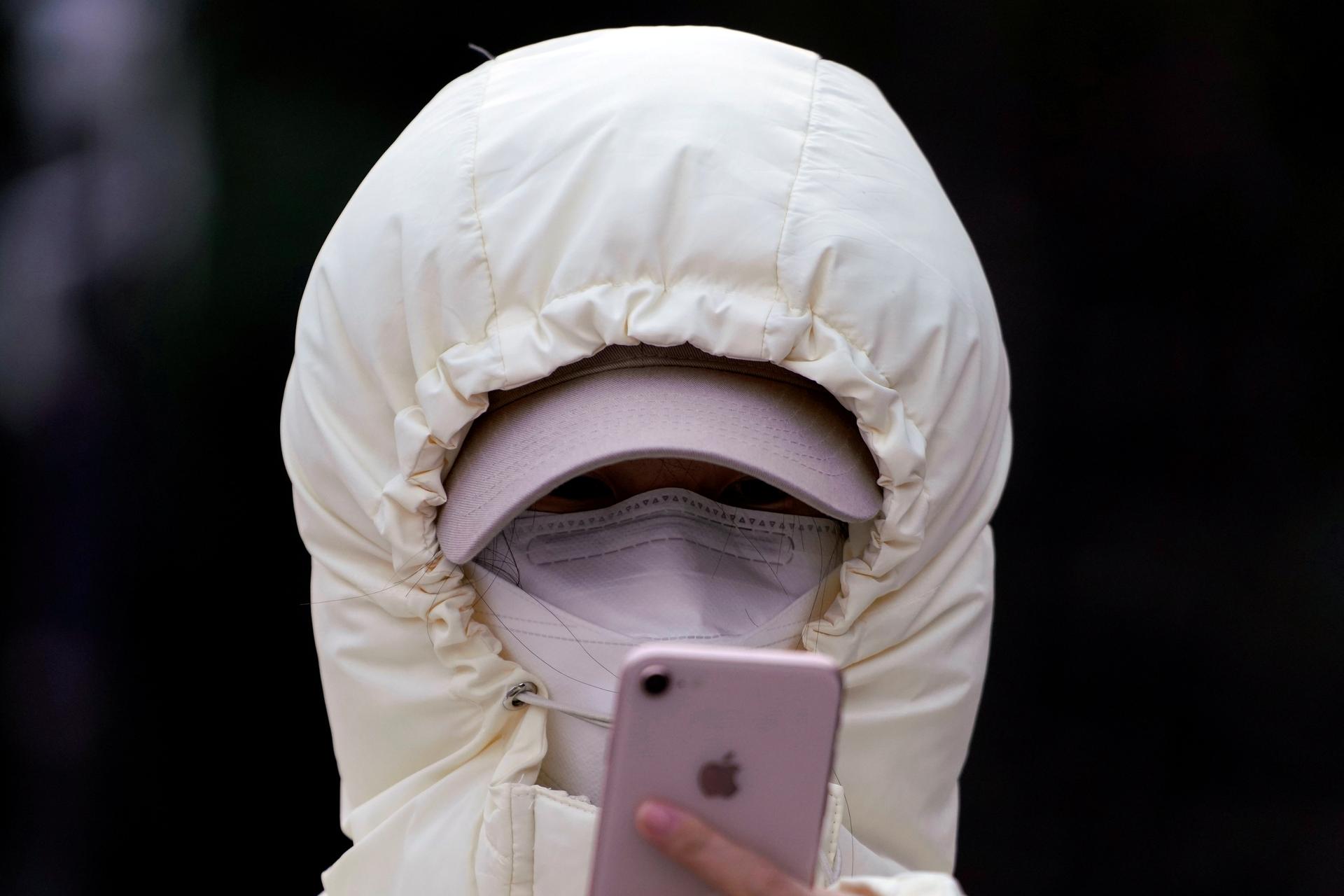
Jan. 29, 2020: Companies close production in China
Many global companies began halting production in China. Others also called for employees in China to work from home and cease nonessential business travel in the first week of February.
Jan. 28, 2020: Australian scientists re-create virus
Scientists in Australia announced they’ve re-created the novel coronavirus in the lab in hopes of quickening the development of a vaccine.
Jan. 27, 2020: China extends holiday
Chinese authorities extended the Lunar New Year and Spring Festival holiday to Feb. 2 to help curb the spread of the virus. The holiday typically lasts until Jan. 30.
Border closing
Mongolia announced the closure of its border with China.
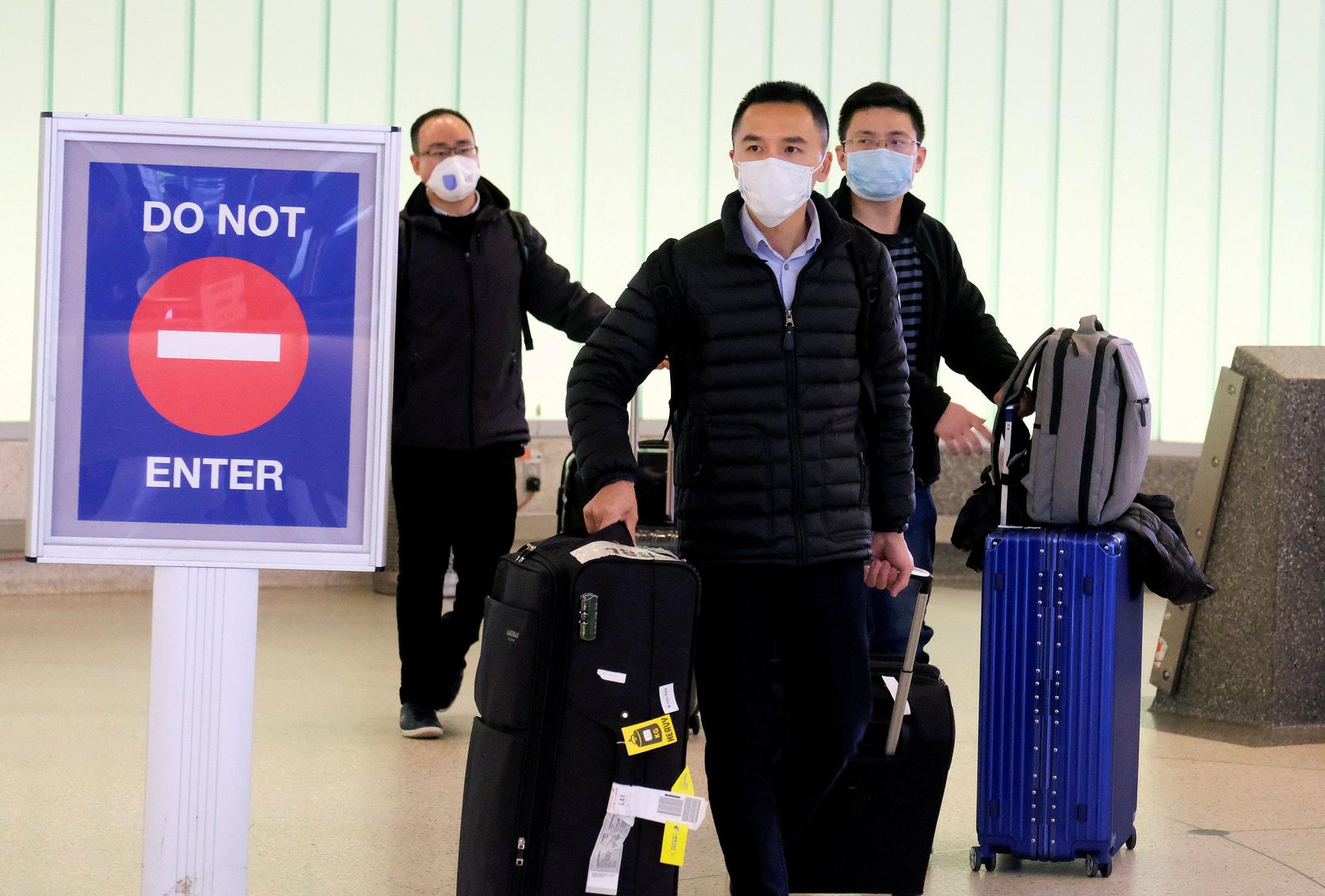
Jan. 25, 2020: Chinese Lunar New Year festivities called off
China called off celebrations for one of the biggest festivals in the world, encouraging people to avoid gatherings. By this point, a total of 1,297 cases and 41 deaths were confirmed in the mainland. A total of 23 cases were identified outside of China in nine countries.
Jan. 23, 2020: WHO emergency committee decides not to declare a global emergency
The WHO’s emergency committee convened for two days due to “divergent views” on recommendations. Ultimately, the committee decided that the current outbreak had not risen to the level of a global health emergency, referring to China’s recent containment measures. But the situation was still considered a public health emergency in China.
The US, meanwhile, ordered the departure of all nonemergency US personnel and their family members from Wuhan.
China imposes lockdown in Wuhan
The Chinese central government enacted a lockdown at 10 a.m. in Wuhan, located in Hubei province, where the virus is believed to have originated. Wuhan, with 11 million residents, is China’s seventh-largest city. The announcement of the lockdown was made just hours earlier, at 2 a.m. China also closed public transit systems in other nearby cities in Hubei.
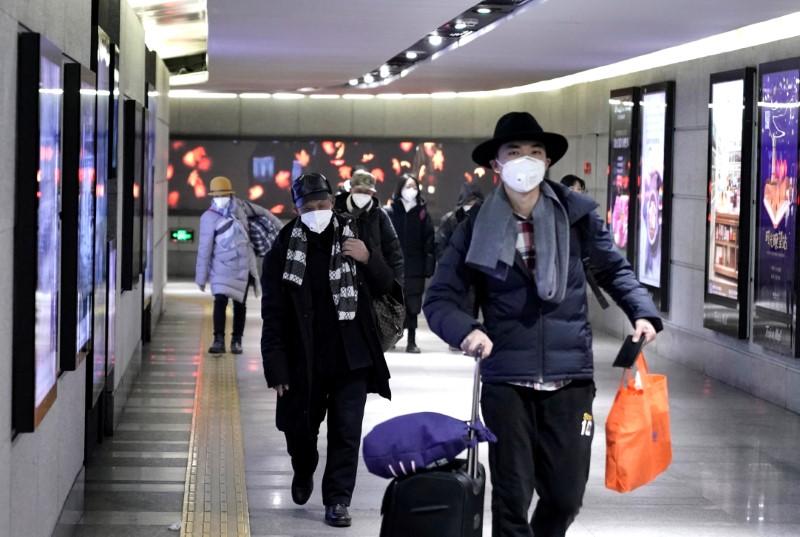
Jan. 21, 2020: First case reported in the US
The Centers for Disease Control and Prevention confirmed the first case of the novel coronavirus in the United States, raising its China travel advisory alert from level 1 to 2. The person infected was reported to be a 35-year-old man in Snohomish County, Washington. He had returned from visiting family in Wuhan. He had a fever and cough and sought care at an urgent care clinic.
Jan. 20, 2020: Human-to-human transmission becomes clear
The number of confirmed cases in China included 15 health workers, according to WHO’s Western Pacific Office, making it clear there is some human-to-human transmission.

Jan. 13, 2020: First case outside China reported in Thailand
Thailand’s Ministry of Public Health reported the first confirmed case of the virus outside of China. The patient was a 61-year-old woman from Wuhan.
Jan. 12, 2020: Chinese scientists share genetic sequence of virus
Scientists in China shared a new tool to track the virus — its genetic sequence, which can be used to develop diagnostic tests for treatment. China, meanwhile, reported 41 confirmed cases of the virus.
Jan. 7, 2020: China officially identifies new virus
Chinese authorities identified the new type of coronavirus (and began referring to it by its technical shorthand, 2019-nCoV), which had never been found in humans before, and isolated it for the first time.
Jan. 1, 2020: China closes Wuhan seafood market
The market was “highly suggested” to be associated with the outbreak, according to details WHO reviewed on Jan. 12 from the National Health Commission in China. “According to the preliminary epidemiological investigation, most cases worked at or were handlers and frequent visitors to the Huanan Seafood Wholesale Market,” WHO wrote.
Dec. 31, 2019: Wuhan notes 27 pneumonia cases
The Wuhan Municipal Health Commission filed a report to WHO’s China country office, noting 27 pneumonia cases of an “unknown cause.”
Dec. 8, 2019: Earliest report of symptoms of new virus
“Symptom onset of the 41 confirmed nCoV cases ranges from 8 December 2019 to 2 January 2020,” according to WHO.
Reuters contributed to this report.
